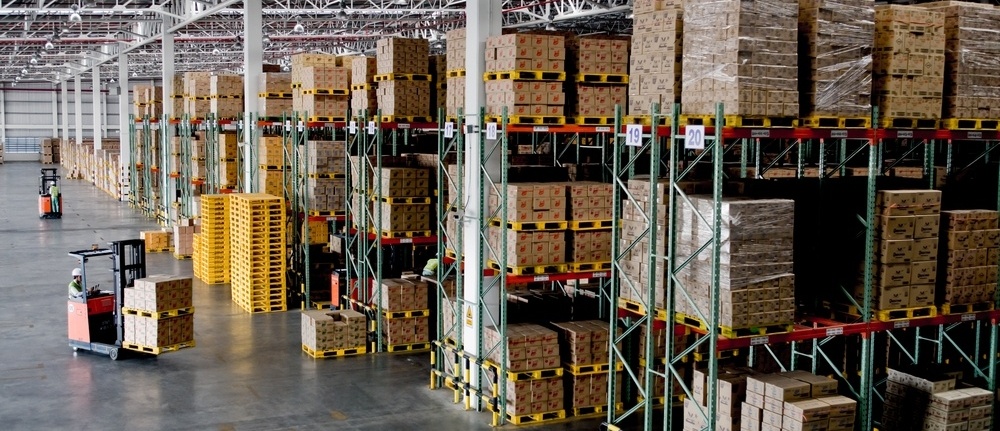Whatever its cause, a disconnect between frontline workers and office workers is a notorious challenge for warehouse and distribution center managers. But the challenge doesn't have to overwhelm you. Instead, you should see it as fuel for creating a more connected, transparent and open workplace that fosters cross-departmental communication.

What's Wrong With Bad Warehouse Communication?
One possible cause of a disconnect between management and workers might simply involve a lack of interaction. You could have four different group leaders from four different departments whose jobs overlap greatly, but don't demand interaction. Over time, that lack of communication can lead to a perpetuation of the status quo, and people may lose sight of the fact that they can approach each other for advice or with a suggestion.
Not only will everyone miss out on innovative ways to perform their jobs even better, but this lack of chatter can also lead to misunderstandings about everything: the requirements of a position, where important items are located, or even how the company views certain standards. And misunderstandings can be the root of unsolved conflicts, or, worse, of safety issues.
How do you Overcome It?
Getting people who are set in their ways to buy into new ways of thinking or doing things isn't a walk in the park. But it might be as simple as a walk through the facility. If you, as a manager, simply attempt to connect with frontline workers more often, and you encourage your department managers to do the same, you can begin to highlight the benefits of increased communication.
Take a daily or weekly walk through the facility at a scheduled time. That way, your workers won't be distracted, but they will still be participating in their daily activities (a bit different than hosting a quarterly company barbecue).
Host monthly meetings and help your middle managers see the points of view of the frontline workers. Allow time for suggestions every single month — either during this meeting or via a permanent suggestion box whose contents are then shared at this meeting. Employees are more likely to feel valued when you allow changes in the facility to be fueled by their ideas.
If you want to help individuals feel valued in an even more personal way, try instituting monthly or weekly one-on-one meetings to give everyone space to air their concerns and share feedback.
All of these tips can be easily implemented if your office employees work in the actual warehouse location. But what if the front office is in a different facility altogether? As a facility manager, you may need to act as a liaison, helping office workers understand the importance of maintaining a connection with those in production and distribution, and vice versa. There is, of course, some extra effort required. Perhaps you could set up those quarterly barbecues we mentioned before, or purchase an online survey and gratitude tool that lets employees send email or text alerts when they want to praise a job well-done.
Encouraging communication in any capacity is a step forward. If you still don't see adoption, you should assess which areas of the business suffer most from misunderstandings or poor communication between your warehouse workers and the office team. Let everyone in on the consequences, and focus your attention on creating new workflows or strategies that would help close the gaps in those specified areas. For instance, imagine that your office team never knows what happened to orders that don't ship, and therefore can't communicate to the customer effectively, which can cause a reputational failure. You may want to design a workflow that allows your warehouse team to select and communicate to the front office the exact reasons for the shipment's delay.
There's no one Right Answer
There isn't a set way to go about bridging a communication gap that so often exists in warehouse/office environments. But monthly meetings, daily check-ins, suggestion boxes, get togethers and regular assessments of the gaps can go a long way. Determine your success by retention numbers and by the general demeanor of your employees: the more successful you are at creating bridges, the happier they'll all be.




